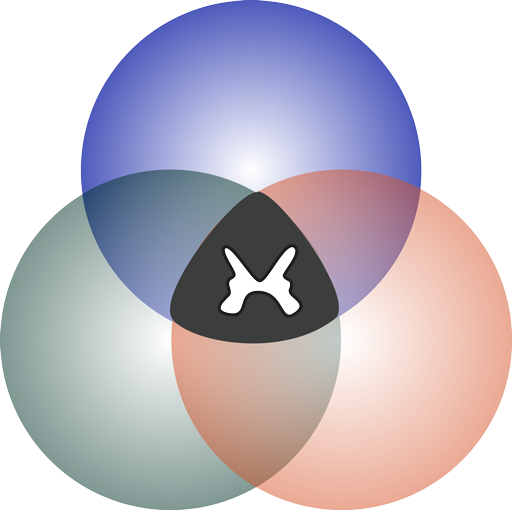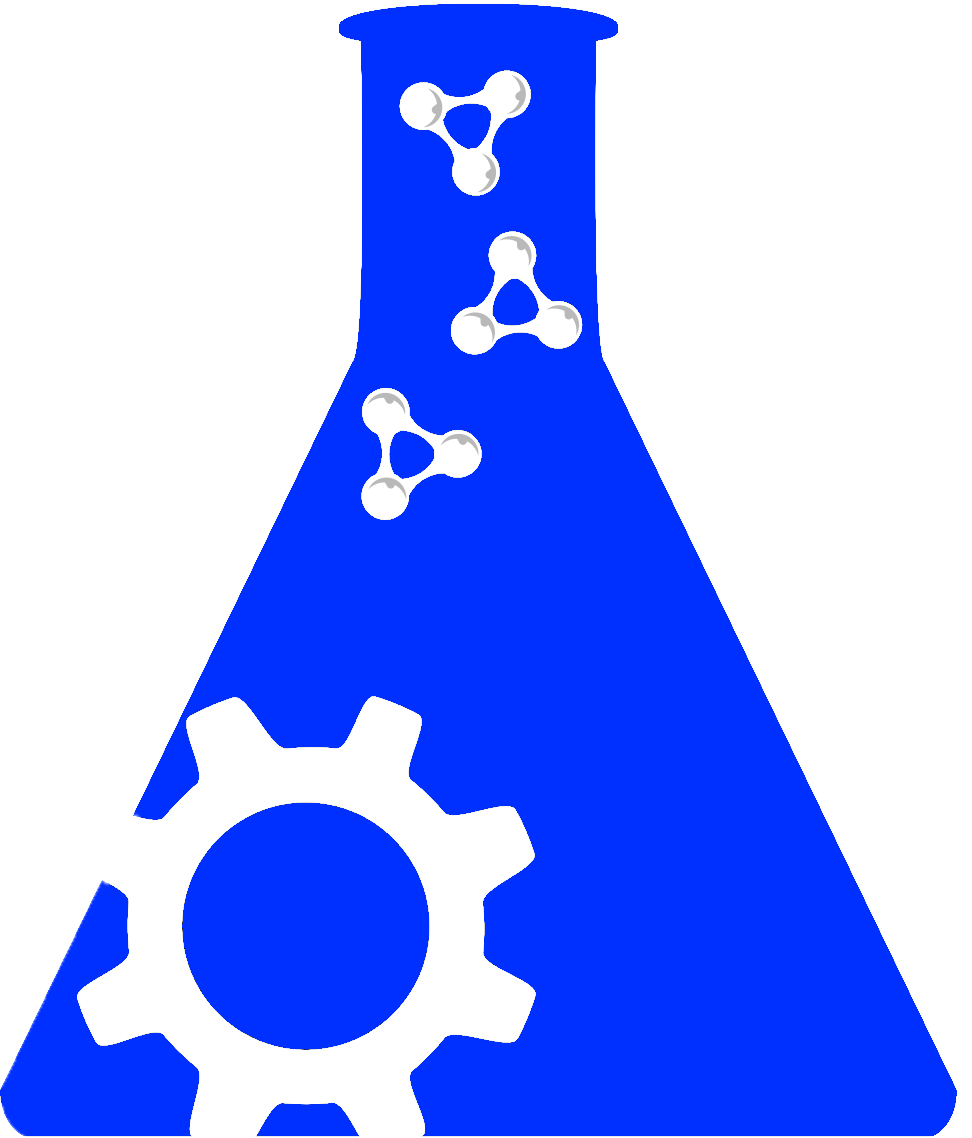Full Data Package |
Data Dictionary |
|||
|---|---|---|---|---|
Create new odc-sci Account and/or log in to download the file. |
||||
Self-directed reaching and grasping rehabilitation using automatic pellet presentation system after cervical dorsolateral quadrant injury in female ratsDOI:10.34945/F5ZW20DATASET CITATIONFenrich K. K., Hallworth B. W., Vavrek R., Raposo P. JF., Misiaszek J. E., Bennett D. J., Fouad K., Torres-Espin A. (2021) Self-directed reaching and grasping rehabilitation using automatic pellet presentation system after cervical dorsolateral quadrant injury in female rats. Open Data Commons for Spinal Cord Injury. ODC-SCI: 553 http://doi.org/10.34945/F5ZW20ABSTRACTSTUDY PURPOSE: This data was collected as part of a study on the advantages of self-directed rehabilitation reaching and grasping training by using an automatic pellet presentation (APP) system. The goal of the study was to understand the factors that determine better rehabilitation-induced recovery in forelimb motor function after cervical spinal cord injury in rats exposed to the APP training system.DATA COLLECTED: The dataset contains data from 19 unique female Lewis rats with a unilateral dorsolateral quadrant section injury at cervical level C4. Animals were exposed to the APP system up to 2 months before injury and up to 2 months after rehabilitation onset one week after injury. Metrics in the data include the number of trials the animal performs in the APP system (number of attempts to reach a pellet) per day, the number of trials that are failed per day, the number of trials the animal reached but dropped per day, and the number of trials that the animals successfully reaches and grasps per day. Summary metrics includes cumulated values per day and averages at baseline (last 2 weeks of training before injury), rehabilitation onset (3 first days of rehabilitation) and rehabilitation final (last week of rehabilitation period). Summary measures of injury are included. Principal component scores for the first 3 components resulting from a non-linear principal component analysis on the summary metrics are also included, as well as the results of a k-mean clustering analysis.DATA USAGE NOTES: The analysis of this data shown in the originating publication indicates that both intensity and amount of training is one of the major factors influencing recovery induced by performing the single pellet task with the APP system. However, the analysis also indicate that rehabilitation training becomes progressively less efficient as both the amount and intensity of rehabilitation training increases.KEYWORDSAnimal Model; Automation; Grasping; Motor control; Neuroplasticity; Reaching; Rehabilitation training; Training intensityPROVENANCE / ORIGINATING PUBLICATIONS
|
DATASET INFOContact: Fenrich Keith (fenrich@ualberta.ca)Lab: Kieth K Fenrich
|
|




